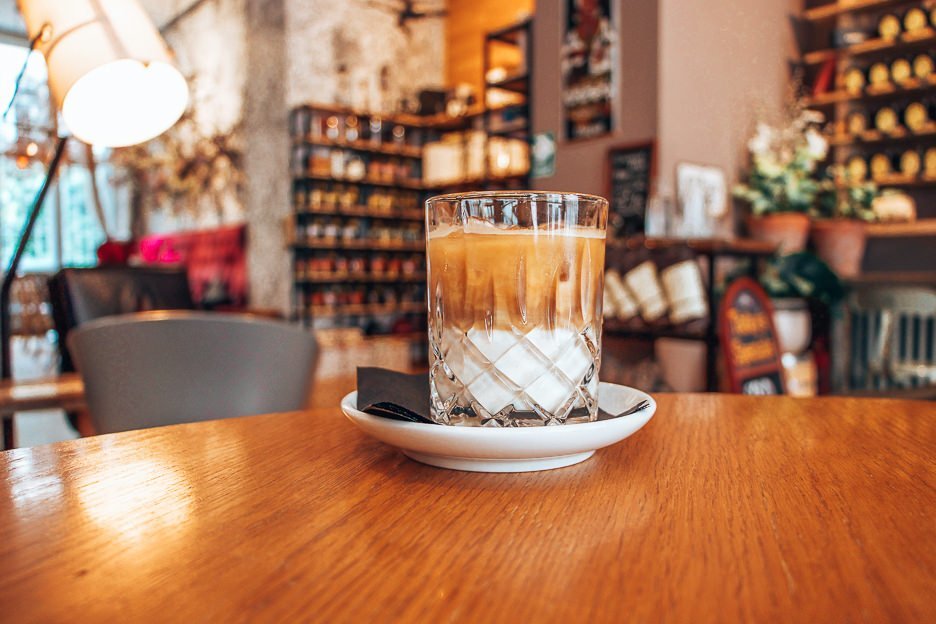Coffee house culture in Europe has a rich history dating back to the 17th century when these establishments were hubs for intellectual discussions and social gatherings. Today, European coffee houses continue to thrive, offering a blend of aromatic coffee, pastries and a cozy atmosphere that encourages conversations, making them a cherished part of the continent’s social fabric. Here is a quick summary of how coffee got to Europe and how it changed the culture of coffee shops:
Introduction of Coffee to Europe: In the 1600s, trade with the Ottoman Empire brought coffee to Europe. Travelers and merchants from Venice who went to the Middle East took back coffee beans and the information of how to make the drink.
The First Coffeehouse in Europe: It is thought that the first coffeehouse in Europe opened in Venice, Italy, in the early 1600s. People used to call these early coffee shops “Penny Universities” because people could have intelligent conversations and arguments for the price of a coffee.
The first coffee houses opened in England in the 1600s and quickly became famous. In 1650, the first coffeehouse in England opened in Oxford. By the late 1700s, there were many coffeehouses in London. They were places where people talked about politics, society, and ideas. Lloyd’s of London, the famous insurance market, started out as a coffee shop where shipowners and traders met to talk about business.
The Culture of the Coffee house: Coffee houses became famous for the lively political and intellectual debates that happened there. A lot of artists, poets, intellectuals and political thinkers went there. During the Age of Enlightenment in Europe, coffeehouses were very important for the spread of ideas.
Coffee shops all over Europe and in France: Coffee shops quickly spread to other European countries. In France, coffee shops became popular in the 1700s and 1800s. The Café Procope in Paris, which opened in 1686, is one of the oldest coffee shops still open today. Famous people like Voltaire and Rousseau often went there.
The Fall and Rise: The café culture fell in the 18th and 19th centuries for a number of reasons, such as the popularity of cafes growing and changes in the way people interacted with each other. But in the 20th century, coffeehouses came back to life. In the US, they were linked to the Beat Generation, and in Europe, they were linked to the bohemian society.
Modern Coffeehouse Culture: Coffeehouses are an important part of life in Europe these days. They are still places where people meet, talk and share their cultures. Modern coffee companies and specialty coffee shops have become popular, along with traditional coffeehouses. They offer a wide range of coffee drinks and a place to work, rest, or hang out with friends.
It is impossible to erase the impact that Europe’s coffee house culture has had on its intellectual, artistic and social past. Even though these places have changed over the years, they have kept their purpose as places where people can meet, talk and be creative.

